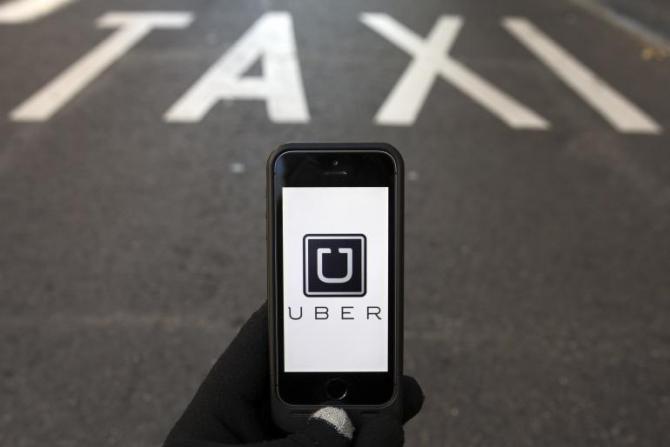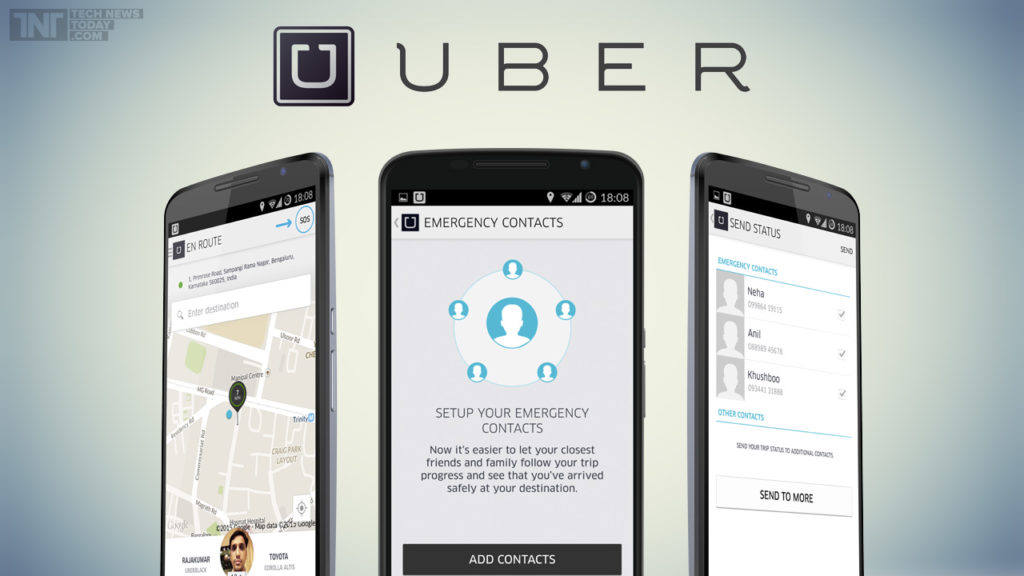
In an era of global technology advances, Uber has been at the forefront of innovating the people moving industry, by connecting people with reliable rides through the use of mobile technology.
Since its launch in 2009, the Uber network continues to expand globally. However, the company’s success is not without controversy.
Uber has been the subject of several legal actions around the world. Aside from unfair competition, Uber’s safety is also being questioned by taxi companies who allege that its setup of allowing unlicensed drivers to drive Uber vehicles are unsafe and illegal. Concerns have also been raised over breach of user privacy.
Taxi companies also have the most to lose from Uber’s presence in the market, so it is no surprise they are raising issues. The taxi industry has been slow to adopt technology and still doesn’t provide a way to contact the driver to find out why they haven’t arrived, nor does it provide real time ride tracking.
In February 2013 Uber released a corporate program allowing employees to travel on Uber and the employees company picks up the tab.
Uber is now tightening up the security around its corporate travel offering, by no longer showing the phone number of the passenger or driver if a text message or call is made between the two.
The Phone Number Anonymisation feature changes the rider and driver connection process and protects the privacy of both rider and driver by hiding their phone numbers during the communication process.
Before a rider gets in the car, they see information about their driver including a name, photo, licence plate number, make of the car and overall rating.
Early this year, StartupSmart reported an incident in which a Melbourne woman was allegedly harassed by an UberX driver who got hold of her phone number.
Uber states that “Every trip is GPS tracked, which incentivizes good behaviour by everyone in the car and means that both riders and drivers have a clear record of their trip. And of course, there is a 2-way feedback system within the app that helps maintain a safe, respectful environment for the Uber community.”
The 2-way feedback system, as simple as it is, is possibly the most powerful safety feature of the entire system. Both passengers and drivers are on their best behaviour, or face the curse of a low rating. A low overall rating can see a passenger or driver removed from the system.
Continuing to improve the service from a workplace safety perspective, Uber has put in place another safety feature – SafetyNet. This feature allows employees to share trip details with their employer and colleagues including details about the vehicle they’re in, route and estimated time of arrival as well as their driver’s first name.
With this feature, passengers can pre-select up to five contacts to receive information about their trip. With just two taps of a button, riders are able to share trip details in real time with all of those contacts.
“With SafetyNet, riders no longer need an SMS plan on their phone to send their status to friends and family. Uber sends the link directly from our server, which means every rider – regardless of their phone plan – can rely on this feature,” Uber explained in a statement,” – Uber.
Uber is not only cashless, but requires no payment to the driver, which is a subtle but important benefit. Apart from less time being spent waiting for eftpos machines to come to life, vehicles only have to stop momentarily in order for the passenger to exit, reducing the risk of incidents while parked on busy streets.
The company also launched a Safety Advisory Board composed of safety experts who will provide important recommendations and counsel as Uber continues to innovate ways to reduce risk and improve the safety of passengers, drivers and the community.
Uber is now available in 68 countries and expansion plans are ongoing.
Important Notice
The information contained in this article is general in nature and you should consider whether the information is appropriate to your specific needs. Legal and other matters referred to in this article are based on our interpretation of laws existing at the time and should not be relied on in place of professional advice. We are not responsible for the content of any site owned by a third party that may be linked to this article. SafetyCulture disclaims all liability (except for any liability which by law cannot be excluded) for any error, inaccuracy, or omission from the information contained in this article, any site linked to this article, and any loss or damage suffered by any person directly or indirectly through relying on this information.







